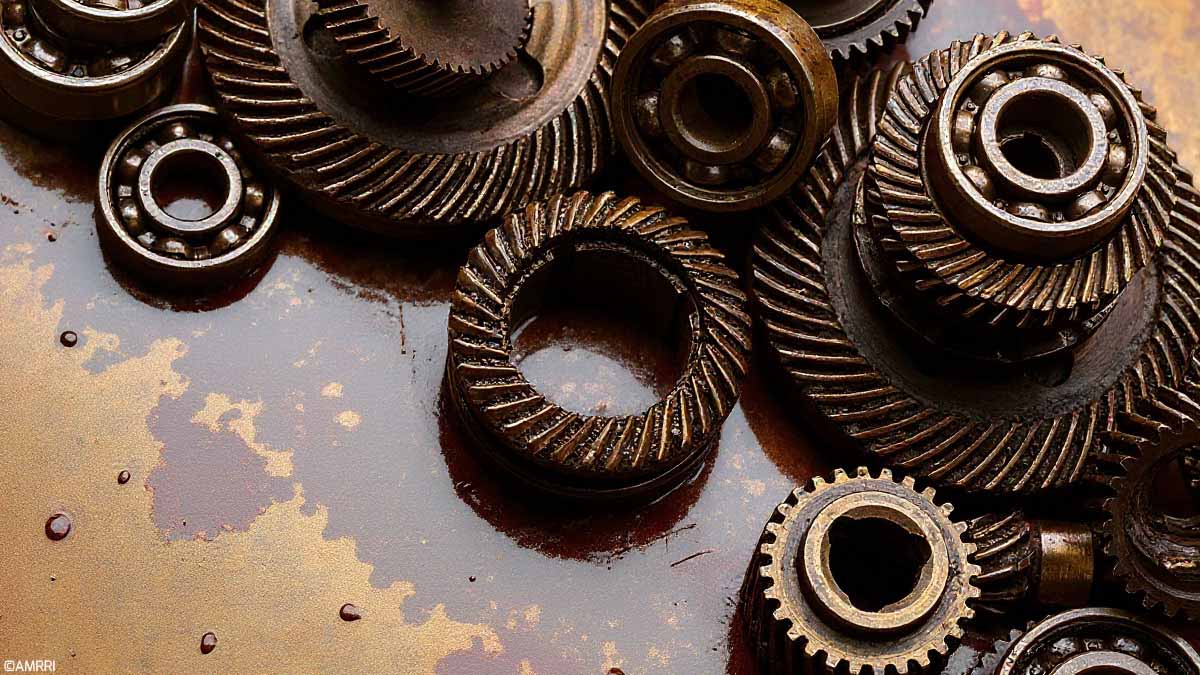Proper lubrication of equipment, machinery, and devices is essential to ensure mechanical systems’ smooth operation and longevity. This process must be based on rigorous procedures, precise calculations, and various crucial factors to determine the correct amount of lubricant applied at the right point, with the most suitable type, at the right time, and at the proper frequency. Additionally, using methods such as ultrasound lubrication, condition-based lubrication can further maximize equipment reliability and the effectiveness of the lubrication plan.
Consequences of Excess Lubricant
One of the greatest dangers in bearing lubrication is excess lubricant. When too much grease is introduced, the rolling elements must push it out of the raceway before it starts to turn, resulting in energy loss and increased temperature. This heat accelerates the oxidation and chemical degradation of the grease, leading to the separation of oil from the thickener (bleeding).
Over time, heat and oil separation can harden the soap and block the entry of new grease, causing accelerated wear and eventual bearing failure. Additionally, excess grease can damage seals due to the pressure exerted during manual lubrication, especially if relief valves are missing and drainage points are blocked or absent.
Impact of Lack of Purging and High Pressures
A practical example illustrates this problem well. In a video shared on social media, one can see how excess grease and seal rupture due to the lack of purging and high pressures led to grease entering the interior of an electric motor. This caused lubricant to accumulate in the motor windings, leading to bearing failures and motor damage, resulting in productivity loss.
Excessive Pressure and Sensitive Equipment
Many people are unaware that grease guns can generate pressures exceeding 15,000 psi, while seals can collapse at 500 psi. This mismatch can collapse shields, allowing grease to enter the motor windings. The presence of drains and grease fittings with pressure relief valves is crucial to prevent excessive pressure during lubrication, thus protecting sensitive components.
Importance of a Structured Lubrication Plan
The lack of a structured lubrication plan is one of the leading causes of the mentioned problems. Without following proper procedures, including essential inspections to check for blocked drains and performing residual lubricant purges, as well as verifying the correct quantity, type, and frequency of application, lubrication operations are bound to fail.
Training and Education
Training and education of the involved professionals are fundamental. Applying best practices and having clear notions of the required grease quantity and specific relubrication periods for each type of equipment are essential to avoid common errors in lubrication management. Traditional methods based solely on periodicity are becoming obsolete and can lead to excessive or insufficient lubrication.
Condition-Based Lubrication
Condition-based lubrication methodology allows real-time monitoring of moving components’ condition and identifies potential wear or failures as they evolve. This enables more accurate scheduling of relubrication intervals, ensuring precise lubricant application and maintaining operational efficiency.
Remember, a well-structured and condition-based lubrication plan is vital for efficient maintenance and the longevity of mechanical systems. The absence of such a plan increases the risk of failures and component degradation and can lead to high operational costs and productivity loss. Investing in training and adopting modern lubrication practices are essential steps to ensure equipment efficiency and durability.









